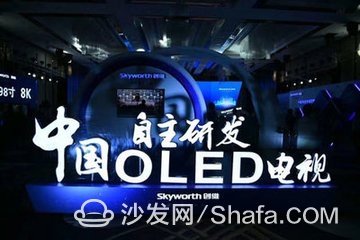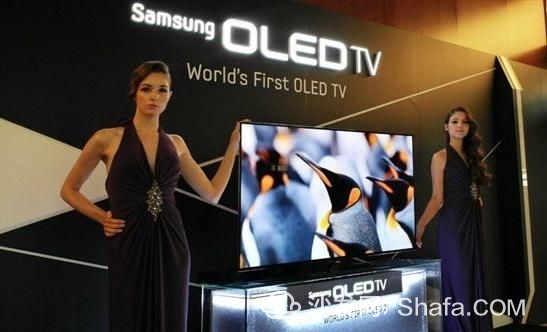In recent years, with an increasing number of color TV brands entering the OLED market, OLED TVs are expected to continue their dominance in the premium television segment. According to industry forecasts, OLED TV shipments reached a record high of 2.5 million units in 2018, showing a significant rise from 1.5 million units in 2017. This growth is driven by strong demand and continuous innovation in the technology.

According to the author’s understanding, this year's OLED TV market has seen active promotion from global companies such as Sony and Skyworth, and the products have received positive feedback from consumers. The shipment performance exceeded expectations, indicating strong market confidence. Although OLED panels may experience color degradation over time, these issues typically appear after extended usage. Compared to LCD TVs, OLEDs offer superior color saturation, contrast, and slim design, which keeps major TV manufacturers interested in OLED development.
While QLED technology offers better color saturation and no lifespan issues, it faces challenges due to low external quantum efficiency, making long-term light emission difficult. As a result, QLED displays remain challenging to commercialize at scale.
In terms of pricing, the manufacturing cost of OLED panels has been steadily decreasing. For example, the price of a 55-inch ultra-high-definition OLED panel dropped by 55% from the first quarter of 2015 to the second quarter of 2017. Compared to the 55-inch Ultra HD LCD panel, the price gap narrowed from 4.3 times in 2015 to 2.5 times. It is estimated that by the first quarter of 2021, the cost will further decrease to $242, making OLED and LCD prices much closer.

The panel price directly influences the final selling price of OLED TVs. According to AVC data, the average price of Chinese OLED TV products fell by 50% from 2014 to 2017 as OLED panel costs declined. Domestic brands, in particular, have made OLED TVs more affordable for everyday consumers, which is a positive step toward broader adoption.
Additionally, Chinese panel manufacturers are beginning to enter the OLED TV panel market. BOE, for instance, has successfully developed OLED TV panels and is accelerating mass production. China’s first self-developed OLED TV, launched by Skyworth, uses BOE’s OLED panel, signaling that the future of OLED TV panels may rely less on imports.
With increased OLED panel output and growing participation from other manufacturers, production capacity is expected to grow rapidly. In the coming years, OLED panel prices are likely to drop further, bringing OLED TVs closer to mainstream adoption. The popularization phase of OLED TVs is just around the corner.
For more information on smart TVs and boxes, visit Smart TV/box information network sofa butler (http://), a leading platform in China for TV box and smart TV news, providing updates, discussions, software, and more.


Dongguan Pinji Electronic Technology Limited , https://www.iquaxusb4cable.com